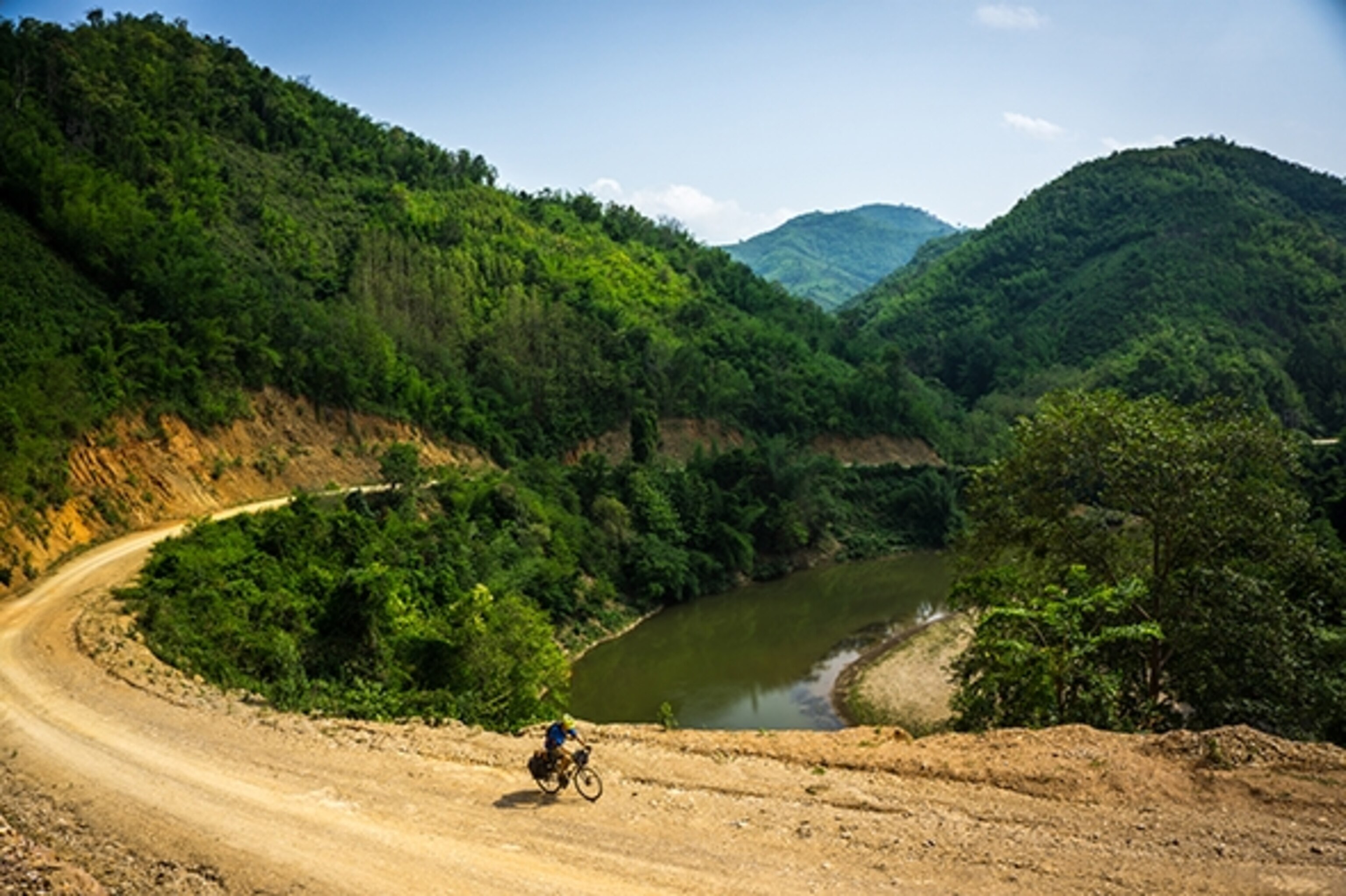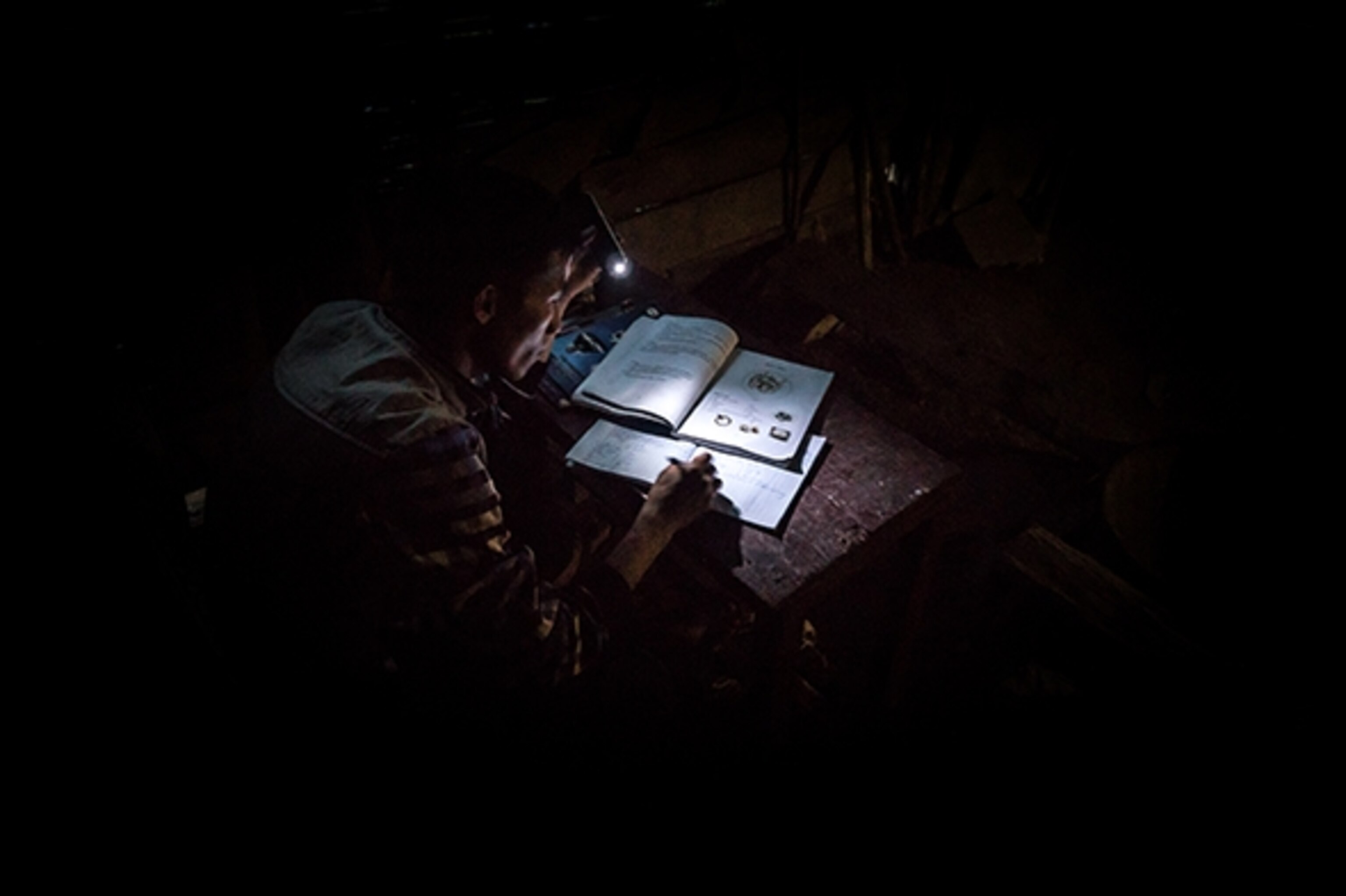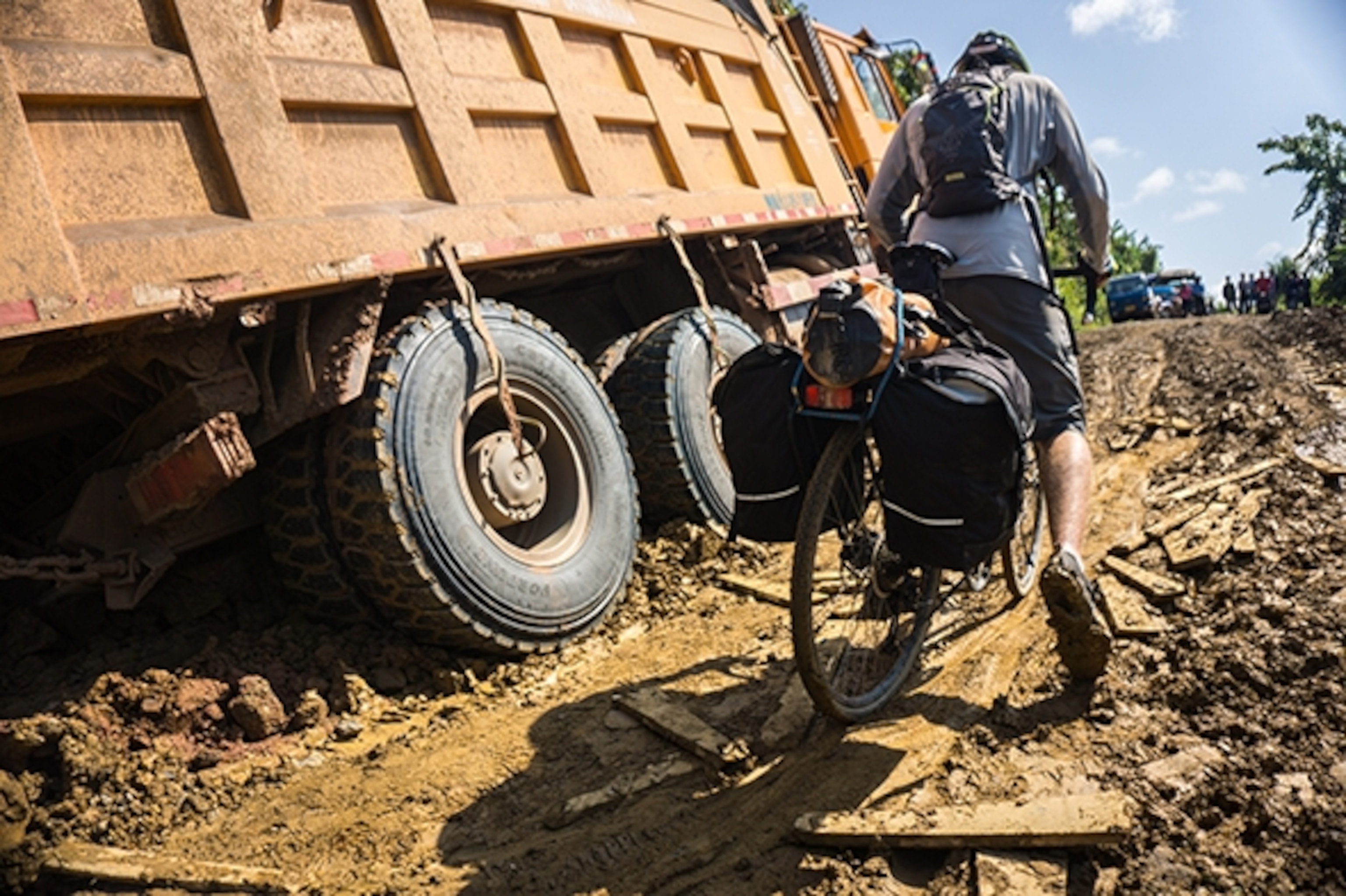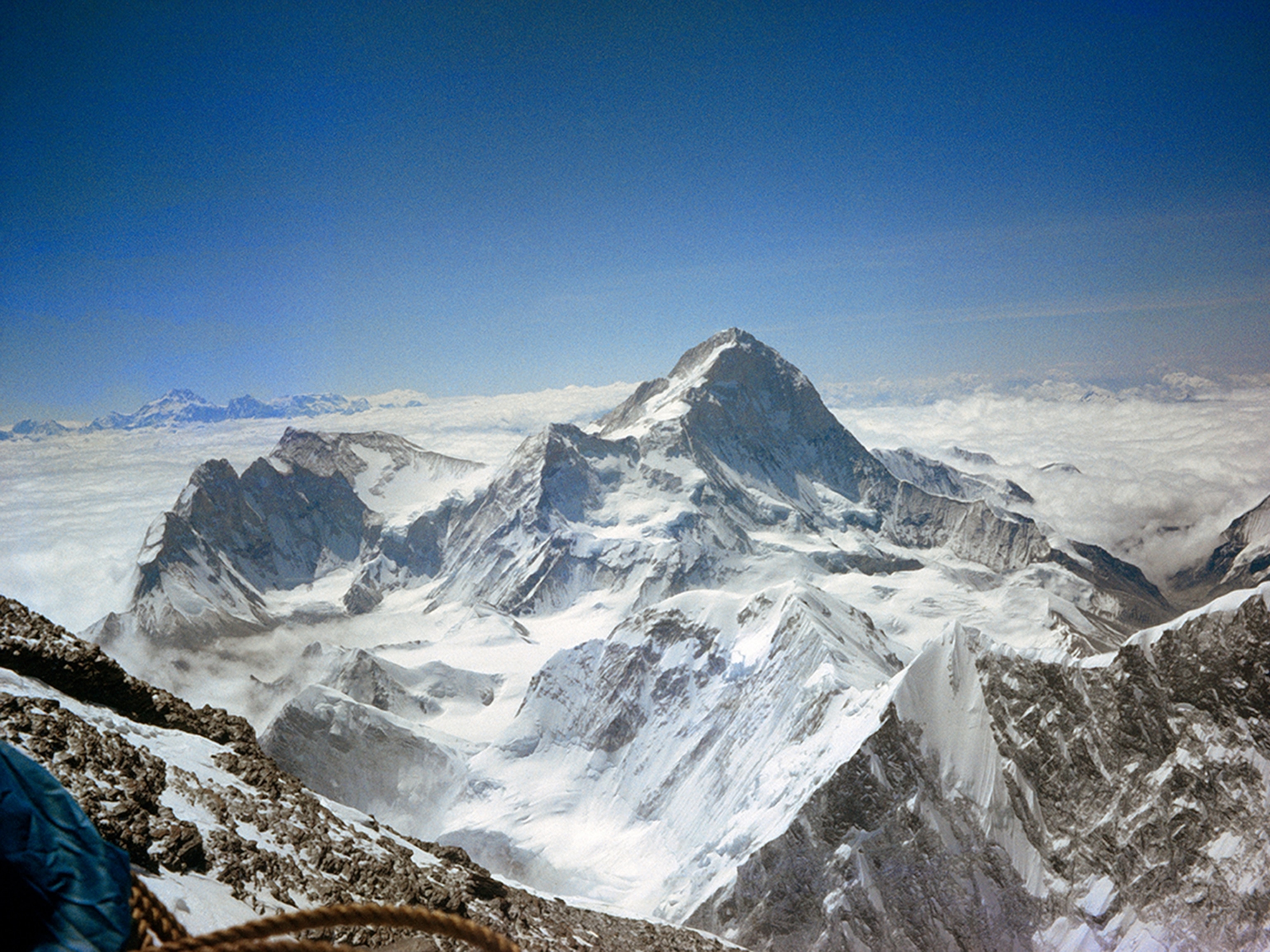
Pedaling Along Power Lines in Northern Laos – Part 3/5
What would Daohu think? This question stuck with us through the days and weeks after meeting such an ambitious and inquisitive Hmong youth, at 3,600 feet, on the side of a mountain. We were seated in miniature plastic chairs, eating cucumber, the only alternative to the ubiquitous processed Chinese snacks sold in rural roadside shops in northern Laos, waiting for the village headman to return from the upland rice field. We planned to explain our journey and request to spend the night in the village. As the engorged tropical sun descended over the hill, it started to appear that the headman may be sleeping in the field until the morning, a common practice when one’s upland plot is miles from the village.
The search for a place to hang our hammocks every night was just one of the challenges of our tour of Southeast Asia’s proposed high-speed rail line, a project that promised to transform the landscape and its unique cultures.
We approached some folks outside the village shop to inquire about a place to stay. There was hemming and hawing, interspersed with various forms of “I don’t know,” and “We don’t have rice.” We offered to pay, of course, as we always did when burdening a local family, but no one wanted to make a decision about the smelly foreigners on bikes. Then Daohu came by, overheard the conversation, and invited us in. Just like that, we had a Hmong house in which we could rest for the night.
The Hmong are an upland people who can be found throughout Southeast Asia, often inhabiting the highest elevational gradient, engaged in shifting cultivation on the painfully steep hillsides of the high uplands. Daohu was especially inquisitive, showing us some snapshots taken on his ancient cell phone, explaining his efforts to study while still taking part in his family’s subsistence household economy by farming one of these steep upland rice fields.
When he asked to see our equivalent cell phone shots, I could only point at the photos of me backcountry skiing, with my family at the beach, working on my parent’s shed—which must have been as large as Daohu’s family’s shared sleeping quarters. My recreation decisions seemed frivolous compared to the daily calculations Daohu’s family were performing in order to eke out enough rice to feed the family for the next year. The bathroom facility in the village was the adjacent forest, running water was carried who-knows-how-far back to the house in worn plastic jugs, and homework was done by the single LED ray from the butt end of a car battery-charged cell phone. Even the faintest glimmer of light was, at times, hard to come by.

Despite the seemingly intact electrical lines above the road, there was no fie faa, or sky fire, here. “Electricity will come in a few years,” the local people told us. But at times that was hard to believe. Along our journey, there seemed to be a distinct pattern: the higher in elevation we traveled, the less likely the villages were to have electricity. More than 30 percent of Laos lacks electricity, despite the considerable foreign investment in the country from all directions. Compared to rural southern China, where it is tough to get a photo without strings of electrical lines criss-crossing the frame, or Thailand, where one Bangkok mall uses as much electricity as an entire northern Lao province, Laos is in the dark.
Rolling into Namo, a small district Lao capital along the future high-speed rail route, we spotted large red billboards proudly announcing a sponsored infrastructure project. New high-voltage, Chinese-constructed electrical towers were rising to the heavens. We debated our next day’s route with the usual hesitations from local shopkeepers, who were unable to guarantee the quality of the dirt track exiting town. In the morning, our bravado renewed by sticky rice and sleep, we followed that dirt track and the power lines that skirt it towards Phongsali Province.

It doesn’t take long for the friction to crop up after leaving the main road. In fact, only a few kilometers in, we hit the soup. Flamboyantly colored Chinese trucks wallowed, stuck in the mud, like massive orange elephants cooling off. The village was out spectating, jeering and pointing, offering advice and suggestions for how to get the behemoth metal beasts unstuck. Our bikes proved more wieldy. The friction of terrain slowed but could not stop our progress.
- National Geographic Expeditions
Bare totem poles of electricity transmission were going up along the length of this dirt track. Where once there was virgin forest, there were now virgin electrical towers, still waiting for the cable arteries that tether them to each other and beyond. From the packed trucks of laborers, to the lone man teetering above it all, balanced on the top of a metal skeleton, it was clear that this was a result of foreign investment. This line would no doubt fortify the electricity grid connection between northern Laos and southern China. We knew one end would make it to the Mohan border, from where we came. As for the other, we would soon find out.
Read the previous post. See part 4 in the series tomorrow.
This expedition was supported by the National Geographic Young Explorers Grant program. Kyle Hemes and Will Stauffer-Norris would like to thank their friends and families, Stew Motta, Simone Phillips, and their generous sponsors—Trek, Bontrager, Eagles Nest Outfitters, Maui Jim, Dali Bar, and Mountain Gear—for making this expedition and series possible.







